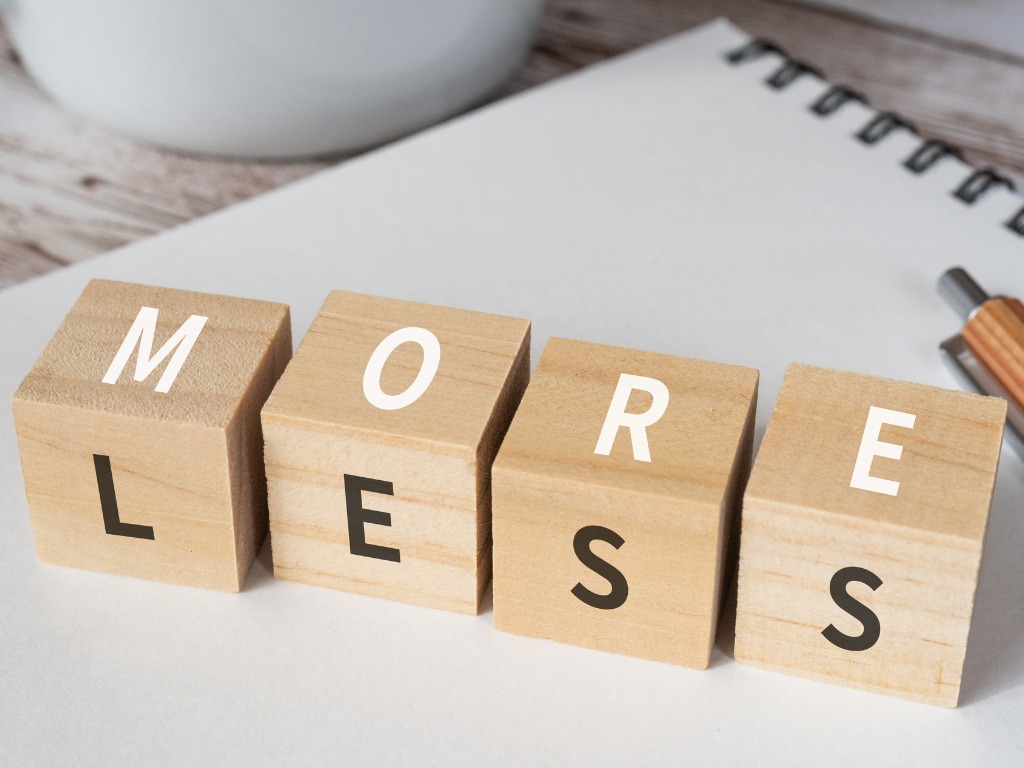
Since early last year economists, market experts, and even corporate CEOs were predicting a recession for this year. Most of them said it would happen early in the year.1 A recession was the consensus view among experts, almost a foregone conclusion. With inflation surging to 9% last summer and the Fed aggressively raising interest rates, it was an easy story to sell…and believe.
Fast forward to the present. The same experts that said we would already be in a recession are now pushing their recession forecasts to the end of the year and even into 2024. Because recessions are normal functions of capital markets, eventually we expect to get one. So long as forecasters keep pushing out the date, they won’t be wrong – just “early.” And that is the crux of financial forecasts: you have to be correct in prediction and timing.
Recessions Are Not Equal
Recessions come in different sizes and durations. Some are long and deep (Global Financial Crisis) and some are brief and shallow. And others, like the COVID-19 recession, were deep but very brief. In fact, most people don’t even realize we were in an official recession because it was the shortest recession in history and the recovery was swift.2
Many investors associate recessions with markets going down. Yes, that has happened and can happen. But markets have also gone up during recessions. Even if someone could accurately predict a recession, that doesn’t mean we would know how the markets will perform, which can influence an investor’s allocation.
A Greater Risk
While many people focus on the risk of a recession occurring, I think the greater risk is how investors respond to forecasts and expectations of a recession. After all, recessions don’t cause people to miss their financial targets. It’s investors’ reactions and investment decisions that influence their financial success (or failure). Peter Lynch said it best:
“Far more money has been lost by investors preparing for corrections or trying to anticipate corrections than has been lost in corrections themselves.”
– Scott
1. https://www.cnbc.com/2022/12/23/why-everyone-thinks-a-recession-is-coming-in-2023.html
2. https://www.cnbc.com/2021/07/19/its-official-the-covid-recession-lasted-just-two-months-the-shortest-in-us-history.html








